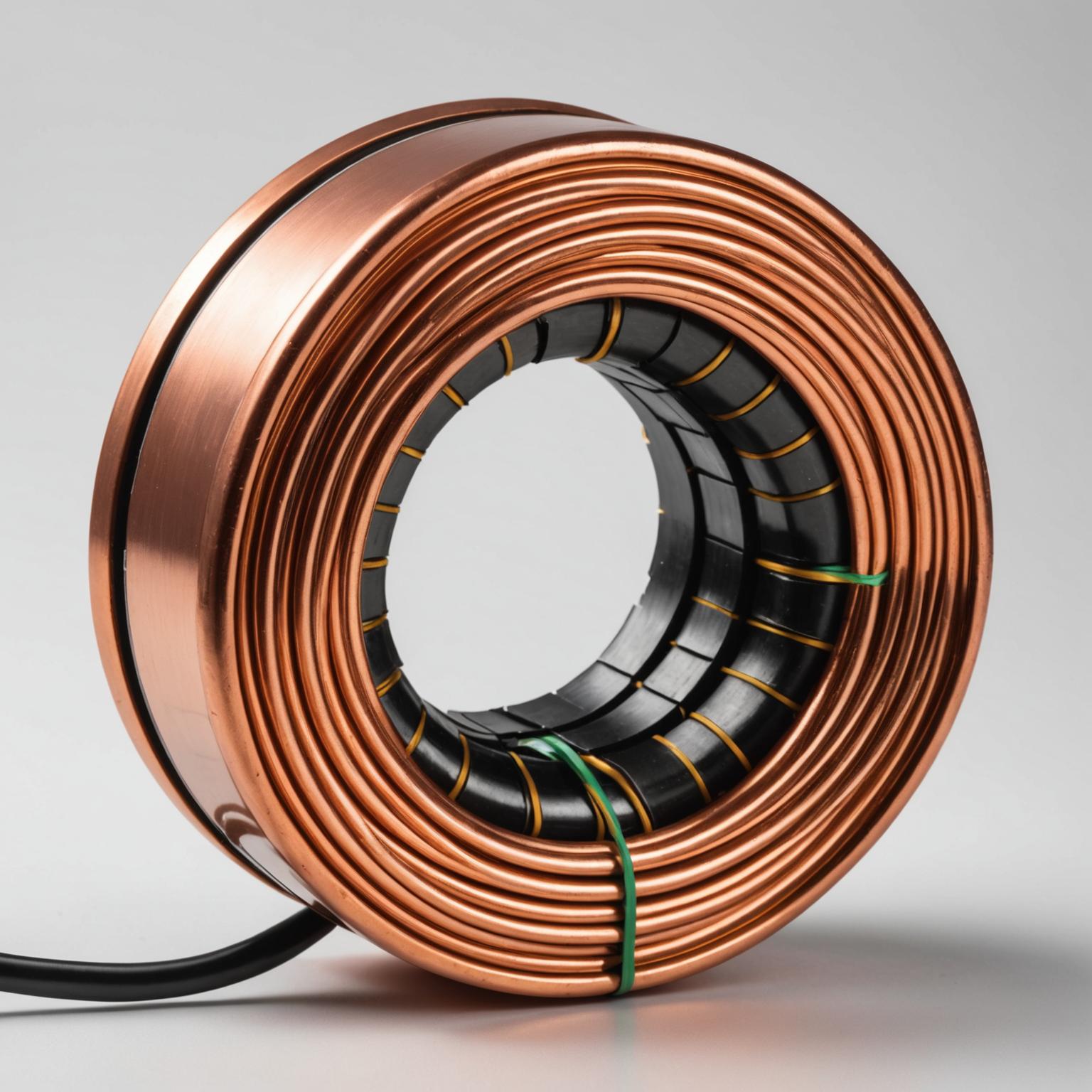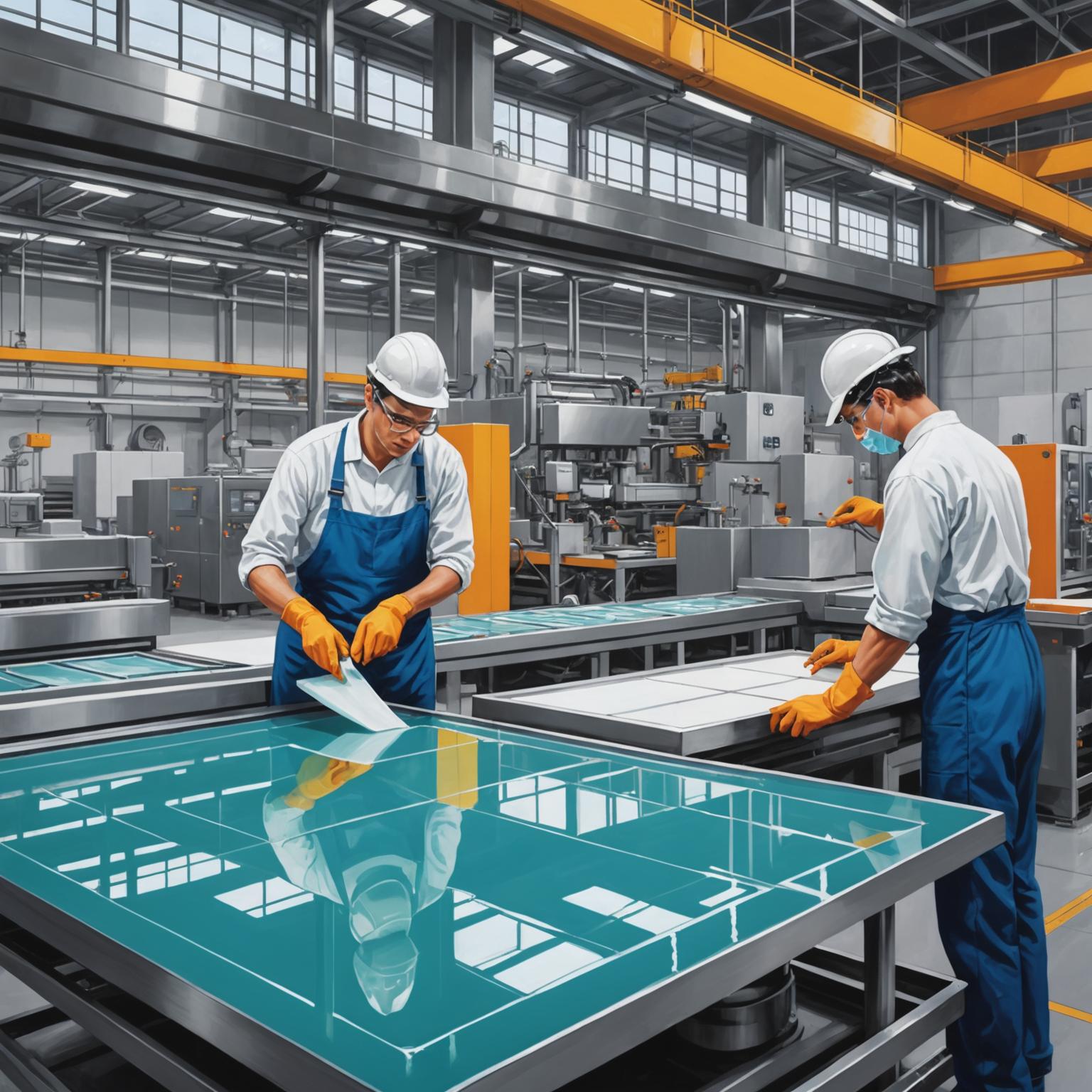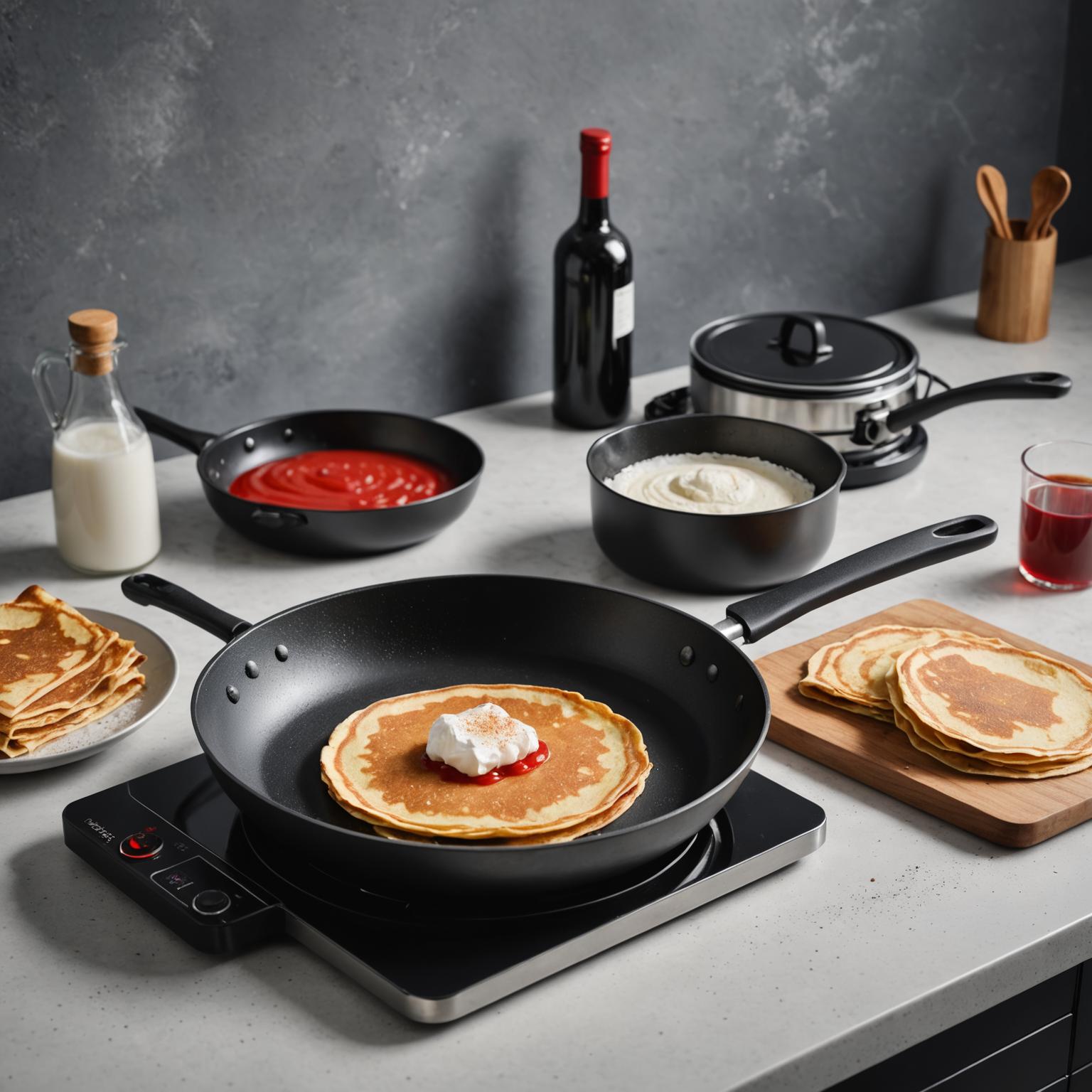The unique attraction of ceramic glass
Ceramic glass becomes a versatile and high-performance material that transforms the industry from manufacturing to energy production. Characterized by its special durability and resistance to high temperatures, ceramic glass is widely recognized for its outstanding properties. Whether used in aerospace components, laboratory equipment or high-performance stoves, ceramic glass has become synonymous with innovation and reliability. 
Unlike traditional glass, ceramic glass provides enhanced thermal stability and strength, making it ideal for rigorous environments. But what really makes it unique is its ability to maintain electromagnetic transparency while maintaining structural integrity under pressure. These ceramic glass properties pave the way for countless applications where accuracy and flexibility are crucial.
Application of Ceramic Glass in Modern Industry
The scope of application of ceramic glass is huge, highlighting the adaptability of the material. One of its most eye-catching uses is that in high temperature environments, such as furnaces or power plants, ordinary materials can collapse under extremely high heat. High temperature ceramic glass ensures consistent performance, even at 1000 degrees Celsius.
In addition, ceramic glass is widely used in late electronic products. In the field of electromagnetic components, ceramic glass is often integrated with technologies such as ring inductors. Ring inductors benefit greatly from ceramic glass because their thermal and electromagnetic properties ensure minimal interference and optimal energy efficiency. These inductors are critical for applications in power supplies, amplifiers and RF circuits that are not transmitted accurately.
This type of application emphasizes the ability of ceramic glass to seamlessly integrate with cutting-edge technologies. This synergy between effective ceramic glass and electromagnetic engineering emphasizes its important role in modern manufacturing and innovation.
Manufacturing process: Turn innovation into reality
Ceramic glass manufacturing is a meticulous process that reflects scientific creativity and design craftsmanship. The material is produced by combining glass with ceramic crystals and is subjected to controlled crystallization to achieve its unique properties. Each step in the production process is critical to optimizing the strength, heat resistance and electromagnetic compatibility of ceramic glass.
Like the ring inductor mentioned above, ceramic glass embodies a design spirit, making efficiency exquisite. The ring inductors are made of materials such as iron rock and copper wire, which fit perfectly with the advanced functions of ceramic glass. The unique fabrication of these components revolves around reducing stray magnetic fields and ensuring reliable performance – ceramic glass naturally improves.
Ceramic glass also plays a role in simplifying component design without damaging functionality. It complements compact, space-saving configurations such as ring inductors, enhanced durability and ambient resistance. In high-frequency applications, ceramic glass serves as a material that promotes precision and energy efficiency.
Advantages of Ceramic Glass
When comparing ceramic glass with glass, the choice becomes clear for high performance conditions. Ordinary glass lacks the temperature elasticity and mechanical strength of ceramic glass, so the latter is essential for precise demand environments. Ceramic glass not only withstands extreme heat, but also has electromagnetic transparency without distortion or interference.
Whether it is used for ring inductors to optimize electromagnetic performance or integrated into industrial furnaces for consistent operation, ceramic glass shows its unparalleled versatility. Its benefits lead to industries with priority to durability, efficiency and advanced technology capabilities.
Ceramic glass is more than just a material. This is an innovative revolution. From creating electromagnetic components such as ring inductors to applications that support energy production and electronics, ceramic glass continues to set new standards for quality and performance. By bridging the gap between scientific precision and manufacturing creativity, ceramic glass redefines the excellence of modern industry.







